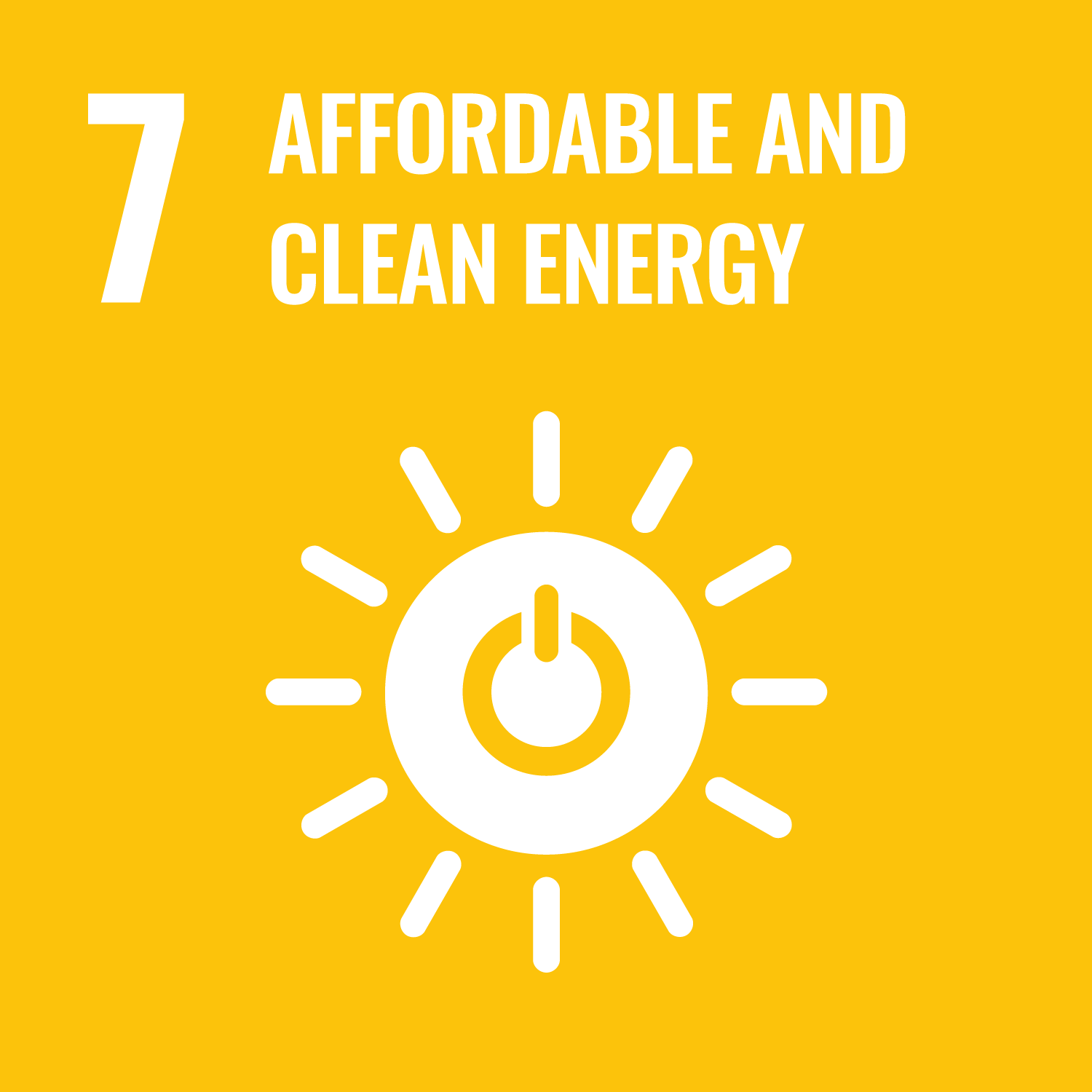ORCID
- Martyn Hann: 0000-0003-3965-9331
- Keri Collins: 0000-0002-7728-5441
- Daniel Conley: 0000-0001-6822-5386
- Deborah Greaves: 0000-0003-3906-9630
Abstract
The EU H2020 MaRINET2 project has a goal to improve the quality, robustness and accuracy of physical modelling and associated testing practices for the offshore renewable energy sector. To support this aim, a round robin scale physical modelling test programme was conducted to deploy a common wave energy converter at four wave basins operated by MaRINET2 partners. Test campaigns were conducted at each facility to a common specification and test matrix, providing the unique opportunity for intercomparison between facilities and working practices. A nonproprietary hinged raft, with a nominal scale of 1:25, was tested under a set of 12 irregular sea states. This allowed for an assessment of power output, hinge angles, mooring loads, and six-degree-of-freedom motions. The key outcome to be concluded from the results is that the facilities performed consistently, with the majority of variation linked to differences in sea state calibration. A variation of 5–10% in mean power was typical and was consistent with the variability observed in the measured significant wave heights. The tank depth (which varied from 2–5 m) showed remarkably little influence on the results, although it is noted that these tests used an aerial mooring system with the geometry unaffected by the tank depth. Similar good agreement was seen in the heave, surge, pitch and hinge angle responses. In order to maintain and improve the consistency across laboratories, we make recommendations on characterising and calibrating the tank environment and stress the importance of the device–facility physical interface (the aerial mooring in this case).
DOI Link
Publication Date
2021-08-30
Publication Title
Journal of Marine Science and Engineering
Volume
9
Issue
9
Acceptance Date
2021-08-25
Deposit Date
2021-10-15
Embargo Period
2021-10-16
First Page
946
Last Page
946
Recommended Citation
Davey, T., Sarmiento, J., Ohana, J., Thiebaut, F., Haquin, S., Weber, M., Gueydon, S., Judge, F., Lyden, E., O’shea, M., Gabl, R., Jordan, L., Hann, M., Wang, D., Collins, K., Conley, D., Greaves, D., Ingram, D., & Murphy, J. (2021) 'Round Robin Testing: Exploring Experimental Uncertainties through a Multifacility Comparison of a Hinged Raft Wave Energy Converter', Journal of Marine Science and Engineering, 9(9), pp. 946-946. Available at: 10.3390/jmse9090946


